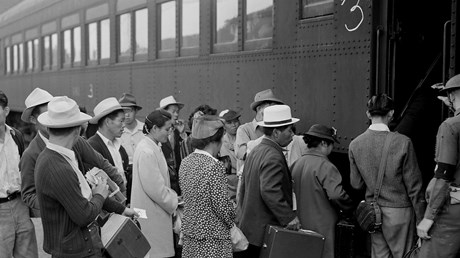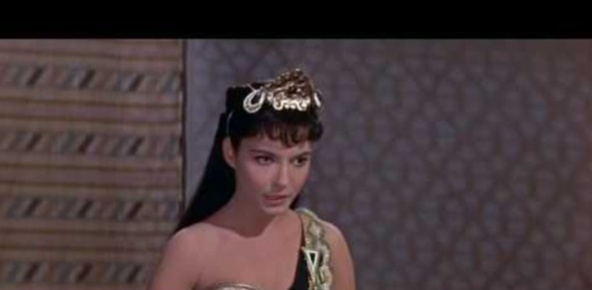Sermons preached the Sunday before they were sent off exhorted suffering Christians to find their hope in Jesus and to continue to gather together.

Many Japanese American Christians first heard about the bombing of Pearl Harbor on December 7, 1941, as they returned home from Sunday worship. Japanese students gathered with their faculty at the Pacific School of Religion in Berkeley, California, to pray long into the evening. During the nightly curfew enforced for Nikkei (the term for all ethnic Japanese in the US), ministers telephoned frightened church members who huddled together in their homes.
Ten weeks later, President Franklin Roosevelt authorized Executive Order 9066, forcing nearly 120,000 Japanese Americans from the Pacific Coast to relocate to internment camps. Throughout the spring of 1942, public notices started appearing on telephone poles in cities like Seattle, San Francisco, and Los Angeles announcing the dates when “all persons of Japanese ancestry, both alien and nonalien” would be evacuated and where they would be picked up.
Each family could only bring whatever luggage they could carry, leaving behind homes, businesses, farms, churches, communities, and even pets. Authorities then bused them to makeshift assembly camps where they would reside for several months before being transferred to one of 10 relocation centers in the country’s interior.
My grandparents and their two young children, my aunt and uncle, were detained at Manzanar Relocation Center near Death Valley, California. The older generation rarely talked about the camps, so in college I began to study the internment to learn about my family’s story. Now, as a pastor, I’ve expanded my research to how the Japanese American church practiced soul care during that difficult time in our nation’s history.
By the outset of World War II, Nikkei churches numbered about ...
from Christianity Today Magazine
Umn ministry




.gif)

.gif)
.gif)
